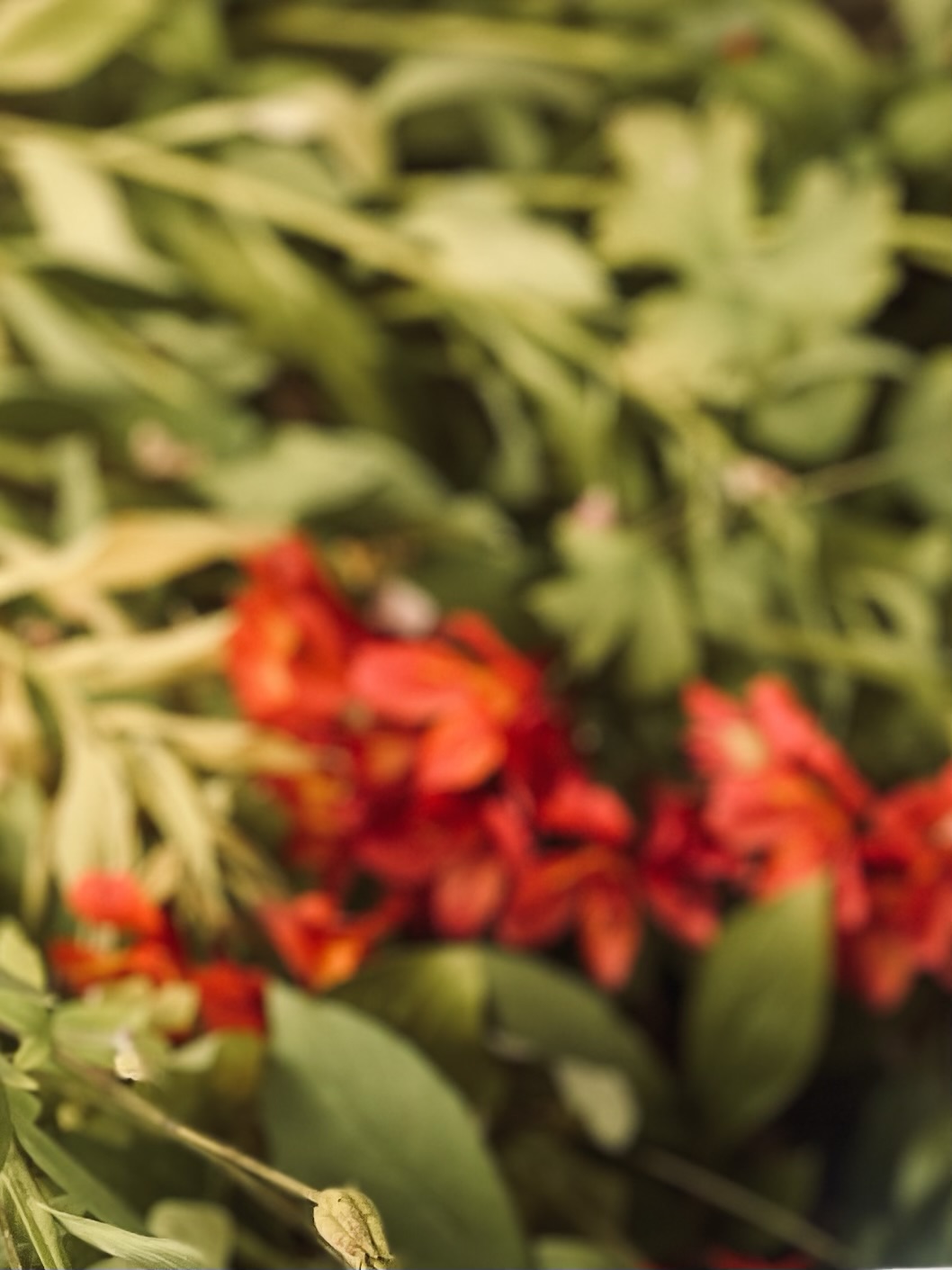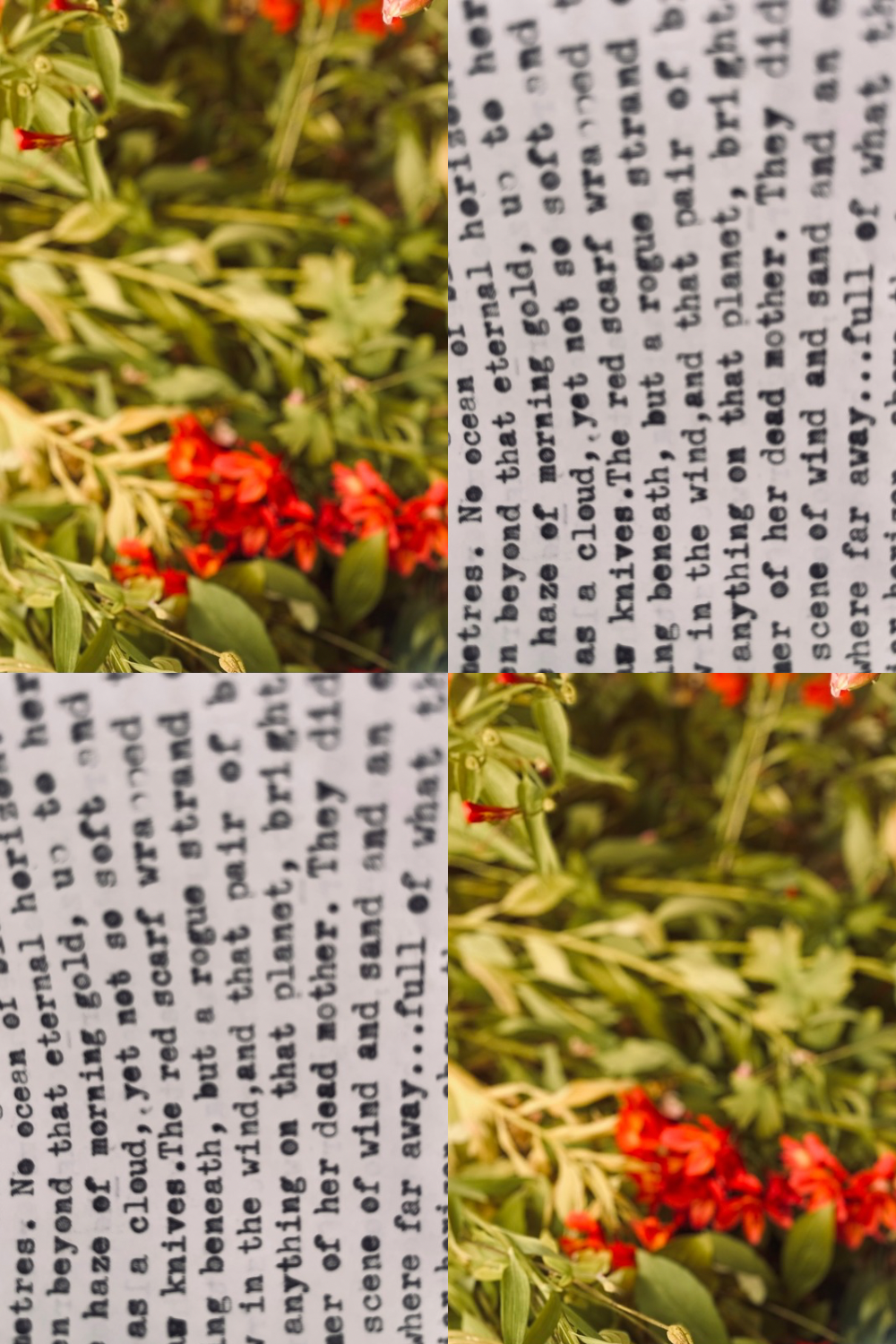How to write a song / songwriting advice and tips
Writing songs is one of the greatest joys of my life. It’s my way of journaling. My way of processing life. Maybe that’s what it is for you too, or maybe it’s going to be.
Just like there are hundreds of ways to write a book, there are hundreds of ways to write a song. There’s no “right” way, and no “easy” or “difficult” way. The way you write songs will be purely unique to you and the way your brain works. This isn’t going to be a step by step handbook to success, but a guide to help you along the way of discovering how you write songs.
What is a song? Could be a good question to start with.

So, you need some words, and some music, and a way to sing it. In other words, you need: lyrics, melody, and notes on an instrument. The order in which you compose these is up to you! Personally, I start with my instrument, then move onto lyrics and melody at the same time.
I write my songs to either guitar, or piano. So I start with figuring out a chord progression in one of theee instruments. A chord progression is just another way of saying a group of chords, played over in a repetitive manner. For instance, on the guitar, a chord progression could be: Em, D, C, G. Or it could be: Am, Em, Dm…you could make it anything you like, with as few or as many chords. When I first started learning how to make songs, I used minimal chords, because I didn’t know very many. Some of my early songs just have two chords. There’s no need to wait till you’ve mastered an instrument to begin. Start with what you know, and build from there!
So now it’s time for lyrics and melody.

Let’s start with lyrics. Again, the way you write these is going to look so different person to person, I usually come up with mine as I go. But some people write them before they even have the music. The inspiration for my lyrics usually comes in the moment, and is to do with what I’m feeling, what’s happening in my life, or something I’ve learnt from God. Song lyrics have rhythm and a degree of movement within the words. It’s not the same as saying the words in conversation. The words flow and fly in songs. It’s like a poem, but sung to music.
Now what about the content of your lyrics, the actual words that form the song? What to write? Where to start?
This means lyrics will have rhymes in them, words that sound the same and are satisfying for the ear to listen to. Some musicians like their rhymes to be like two peas in a pod, (for example: night and fight, or born and worn). Others like it to sound less perfect, (for example: night and cry). The other things to think about is your rhythm. Do you want it to be exact with timing, have all your rhythms in time and the words in the expected places? Or do you want your rhythm to be a little “off” sometimes, surprise the listener?
I often start with my surroundings. Many of my songs begin with a description of something that was around me at the time of writing. One song that displays this is “River Stones”. Here’s how it begins:
“Sitting on the west side of the river, my toes are cold but it’s sort of poetical”
-River Stones
You can see a picture. I find this an easy way to get into the groove of writing. It gives me somewhere to journey from, and come back to if I wish. I like to write about nature, or physical things that are around me, and then tying deeper themes into it. So if you’re ever stuck, give it a go! Look around and see what there is to notice. Perhaps it’s shade (“Always shady on the south side, always sunny on the north” – Stuck in Your Eyes, my song), or fields (“There are fields full of footprints” – Put me on a Train, my song). Whatever it is that catches your eye, use that as a good place to begin. You could even scratch the idea of you don’t like it by the end of the writing process, but it’s a good way to get going.

Next you need a melody. I find it easy to write the melody as I start writing lyrics. The lyrics help me find a rhythm to work from. After writing a verse and chorus melody, then I’ll simply write more lyrics to fit second and third verses.
If you are confused between the instrument music and the melody, think of the melody as the main part, the part that you sing. Whereas, the instrumentals are just a backing to the melody.
Melodies can be simple, or complicated. You can have runs and riffs, or simple flow. To see what you’d like to write, think about songs you like listening to. What are their melodies like? Are they all over the place, or straightforward. Do they go high in one part and low in another, or do they stay in the middle.
Your melody will need to fit around your chord progression. There are hundreds of different ways to sing notes that work with G, D, and Em, it’s up to you to find what’s “your way”. The way notes fit with your chords has a lot to do with harmony and what key you are in. There’s so much to learn in that area (I’ve only scratched the surface, and don’t tend to get very technical), just start with what sounds good to you. Slowly your ear will get trained and you’ll get more and more explorative with what melodies you find.
Once you have your chord progression, your lyrics, and your melody, you have written a song! Practice singing it over a few times, and change anything that doesn’t sound quite right to you. Your ears are your best friends in the songwriting process!
